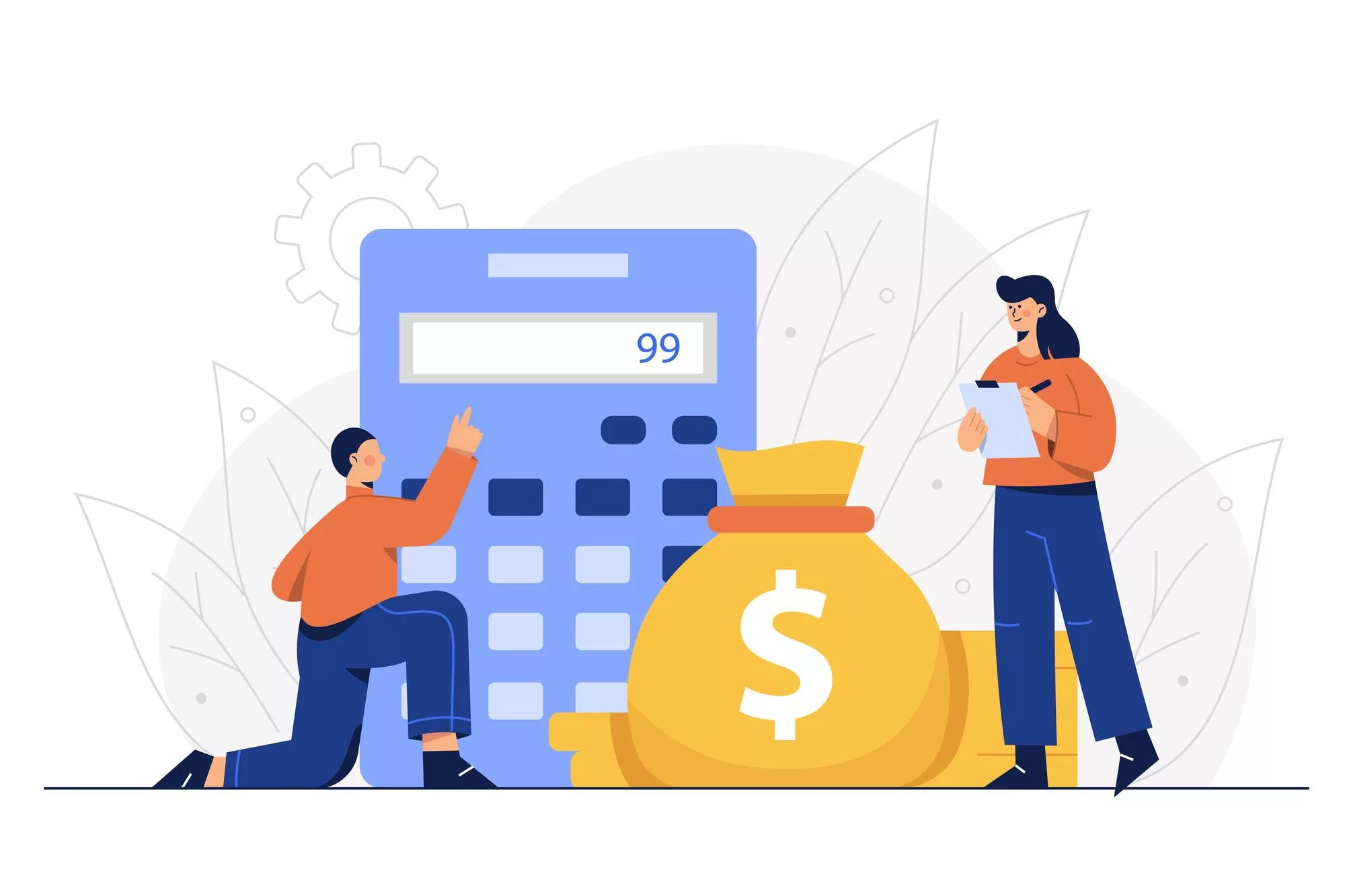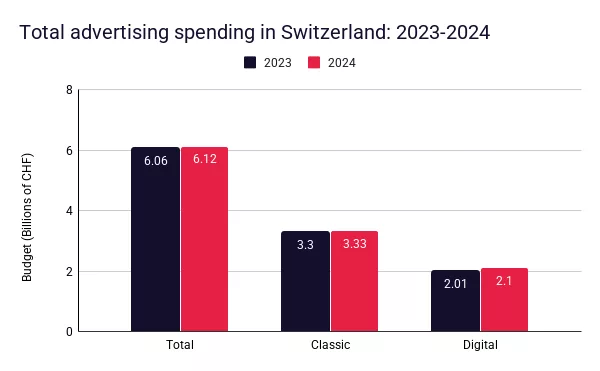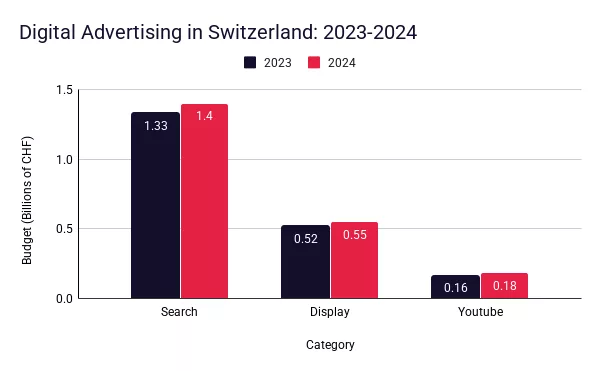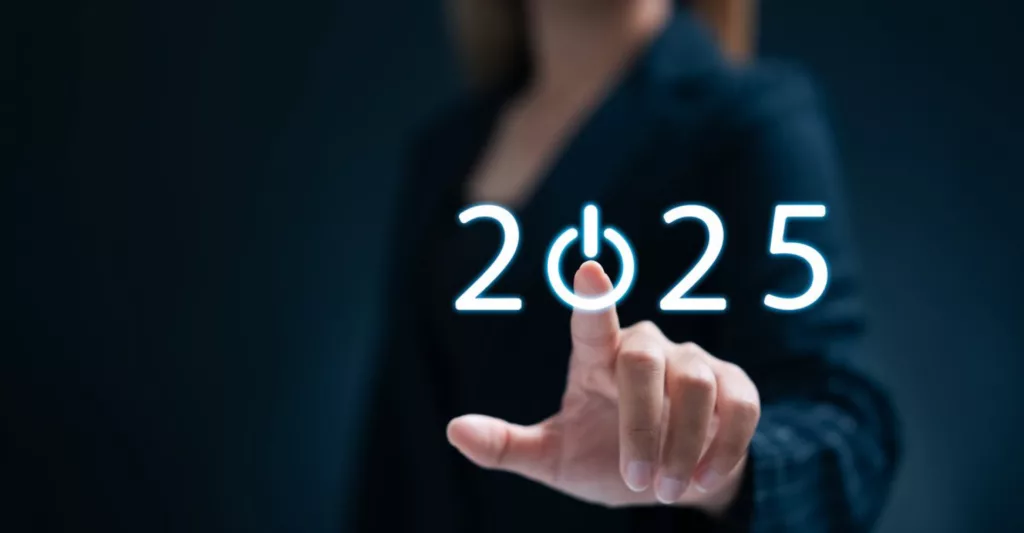The Digital Trends of 2025 for SMEs: Where to Invest Your Marketing Budget?
Digital marketing is constantly evolving, and SMEs must adapt to stay competitive. In 2025, technological changes and new consumer habits are reshaping the digital landscape. Faced with these transformations, how can SMEs efficiently allocate their marketing budgets to maximize their impact?
The Rise of Artificial Intelligence in Marketing
AI is already transforming how businesses manage their campaigns. In 2025, SMEs will need to leverage AI tools to optimize advertising campaigns, automate customer service, and personalize content. According to a Gartner study, by 2025, 80% of customer interactions will be managed by AI algorithms.
In the medtech sector, for example, AI helps tailor product recommendations based on user behavior and automates customer support with intelligent chatbots like those developed by Drift or Intercom. E-commerce SMEs also use solutions like ActiveCampaign or Zoho to personalize email campaigns and improve conversion rates.
Additionally, generative AI is revolutionizing content creation, enabling SMEs to produce visuals and texts tailored to their audiences in record time. Solutions like ChatGPT, MidJourney, and Jasper AI allow marketers to test different approaches and personalize advertising campaigns based on user behavior.
The Omnipresence of Video Content
Video continues to dominate digital marketing. Whether through short interactive videos on TikTok or YouTube Shorts or longer formats on LinkedIn, video captures attention and enhances engagement. According to HubSpot, 86% of businesses use video as a marketing tool. For innovative SMEs, such as those in the tech sector, creating product demonstrations or webinars helps explain complex concepts engagingly, much like Adobe’s educational series on YouTube.
In 2025, AI integration in video production becomes essential. Platforms like Synthesia or HeyGen allow businesses to create marketing videos without a filming crew by generating realistic avatars. Companies like Microsoft and Nike are already using this technology to produce interactive tutorials.
SMEs can also capitalize on live video. A Socialinsider study indicates that live streams generate ten times more engagement than pre-recorded videos. Hosting live Q&A sessions on Instagram or LinkedIn can strengthen customer relationships.
Paid Search, Especially Google Ads
The rise of Smart Bidding, which enables advanced bid optimization through AI, is becoming indispensable. Refining this strategy by testing different bidding models and integrating conversion values is crucial for improving profitability.
Additionally, creative automation is gaining traction, with tools automatically generating brand-compliant headlines, descriptions, images, and videos.
Data privacy remains a priority, making the use of first-party data crucial for effective and regulation-compliant ad targeting. Google is also offering more transparency and control over campaigns, particularly through new features and detailed reports. For example, in Performance Max campaigns, Google provides in-depth audience insights, helping advertisers understand which segments respond best to their ads.
Moreover, detailed reports on creative performance (images, videos, headlines, descriptions) help identify top-performing assets and optimize campaigns accordingly. Google is also improving ad placement visibility, offering more control over where ads appear. Finally, new bid adjustment and segmentation options allow advertisers to refine their strategies to better meet their objectives.
To take advantage of these developments, SMEs should invest in AI, strengthen customer relationships, and fully leverage their first-party data to optimize campaigns.
Classic SEO and GEO (Generative Engine Optimization)
SEO in 2025 is evolving with the rise of language models (LLMs), social search, and community engagement. While Google remains dominant, it’s no longer the sole key player—users are conducting searches via LLMs like ChatGPT and Perplexity, as well as on platforms like Reddit and TikTok. Optimization is no longer solely based on keywords but on a seamless user experience and relevant content that fits into an extended customer journey. Social search increasingly influences AI and search engine results, while community engagement becomes essential, particularly in B2B and e-commerce, where credibility and relationships play a key role. Video, still less affected by AI, is emerging as an essential format for standing out and capturing attention.
In this context, Generative Engine Optimization (GEO) emerges as a strategic complement to traditional SEO. While SEO optimizes websites for visibility in Google and Bing’s traditional search results through keywords and backlinks, GEO focuses on visibility in AI-generated responses, like those from Gemini and CoPilot, which synthesize information from multiple sources. Unlike traditional SEO metrics (click-through rate, bounce rate), GEO relies on citation visibility and relevance to the user. A hybrid approach combining organic optimization and AI-adaptive strategies is the key to success.
SEO and Voice Search: The Essential Adaptation
With the growing use of voice assistants like Google Assistant and Alexa, the way users search is changing. SMEs must adapt their SEO strategy to incorporate conversational queries and optimize content for voice search. A Comscore study estimates that 50% of searches will be voice-based in 2025.
In the innovation and high-tech sectors, optimizing FAQs with natural language is an effective strategy for attracting qualified traffic, as demonstrated by Amazon’s Alexa Skills for businesses. A successful approach includes structuring content into “snippets” suited for voice search and using long-tail keywords to capture search engine attention.
Another strategic lever for SMEs is local SEO. Google Business Profile plays a key role in ranking local businesses. Optimizing profiles with customer reviews and regular posts helps improve ranking on Google Maps.

Social Selling: An Essential Marketing Strategy for SMEs
Unlike traditional sales methods based on cold calls and direct prospecting, social selling leverages platforms like LinkedIn to build relationships, share valuable content, and engage in conversations with prospects in a non-intrusive manner. Its strength lies in its ability to nurture leads over the long term, positioning your business as a credible reference rather than a mere supplier looking to close a sale.
What makes social selling even more powerful in 2025 is its automation potential. With the right tools, SMEs can fully automate certain key steps of the process: sending personalized connection requests, interacting with prospects via AI-generated messages, and scheduling follow-ups without human intervention. The automatic scheduling of content allows for the regular dissemination of relevant information, thus keeping your business at the forefront of your audience’s mind.
Furthermore, AI-driven lead generation tools can identify and qualify the most promising prospects, allowing you to focus on high-value interactions.
By adopting automation in their social selling strategy, SMEs can expand their reach without increasing their workload, thus ensuring a constant flow of prospects and conversions.
The Expansion of Social Commerce
Social platforms are becoming essential sales channels. Instagram, Facebook, and TikTok now offer seamless shopping experiences directly integrated into their apps. In 2024, according to eMarketer, sales via social commerce reached 2.9 trillion dollars worldwide. For SMEs in fashion or innovative products, leveraging these platforms allows them to reach a broad audience and increase conversion rates.
Brands like Glossier and Gymshark have successfully built their success thanks to these strategies. The integration of augmented reality also enhances the online shopping experience: L’Oréal and IKEA have developed virtual makeup and furniture testing solutions that increase user engagement and reduce return rates.
SMEs can also rely on influencer marketing. According to a study by Influencer Marketing Hub, 67% of consumers trust influencer recommendations more than traditional advertisements. Collaborating with local micro-influencers can generate a significant return on investment.
Automation and CRM: Optimizing Customer Relations
CRMs (Customer Relationship Management systems) have become indispensable tools for optimizing customer relationship management and automating marketing and sales processes. Marketing automation, coupled with an efficient CRM, allows SMEs to manage their prospects and customers more effectively.
By automating email campaigns, intelligently segmenting audiences, and improving interaction tracking, businesses can boost their conversion rates and build customer loyalty. According to a study by HubSpot, companies that automate their lead management increase their conversion rate by 47%.
Among the most popular solutions, Zoho CRM attracts with its flexibility and comprehensive ecosystem integrating numerous business applications. ActiveCampaign combines CRM and email marketing with a powerful automation engine, ideal for nurturing and conversion strategies. Pipedrive, highly focused on sales management, offers an effective visual pipeline for tracking business opportunities. HubSpot stands out for its intuitive interface and advanced marketing automation features.
In both B2B and B2C, effective automation with lead nurturing improves customer retention and optimizes acquisition. Zoho, Pipedrive, and ActiveCampaign now offer advanced tools to achieve this.
SMEs must also focus on data. Leveraging data through solutions like Google Analytics 4 or Matomo Analytics helps optimize marketing performance by analyzing visitor behavior. Choosing the right CRM depends on each company’s specific needs and its approach to customer relations.

The Evolution of Advertising Investments in Switzerland
According to Media Focus, the total advertising pressure from traditional and digital media groups in Switzerland amounts to 6.12 billion Swiss francs in 2024, representing a 1% increase compared to the previous year.
However, the traditional advertising market is slightly declining by -0.9%, while digital advertising is growing by +4.6%, reaching 2.1 billion CHF. It should be noted that figures for social media are not available.

In this segment, the distribution is dominated by search (search engines) with 66% (1.403 billion CHF), display with 25.7% (547 million CHF), and YouTube, the smallest segment, with 8.2% (175.1 million CHF).

In traditional media, Out-of-Home (OOH) remains a powerful lever, recording a 4.9% increase in 2024, while cinema advertising also grows by 4.4%.
SMEs must therefore adapt their strategies to capitalize on this gradual transition: adaptability and innovation will be essential for SMEs in 2025.
And What About the Global Advertising Market?

In 2024, global advertising spending reached 1.07 trillion dollars, according to the Global Ad Spend Outlook 2024/25 report by Warc (source: The Media Leader).
Regarding North America, spending increased by 8.6%, reaching 347.5 billion dollars, due to the U.S. presidential elections (eMarketer). In Europe, a 5% growth brought spending to 164.9 billion dollars. The United Kingdom saw an 8% increase, while France, Italy, and Germany recorded solid growth rates of 8%, 5.4%, and 4%, respectively. As for the Asia-Pacific region, it experienced moderate growth of 2%, reaching 272 billion dollars. Meanwhile, in Latin America, spending increased by 6.2%, reaching 32.1 billion dollars. Finally, in the Middle East, a 4.2% growth brought spending to 12.6 billion dollars.
These figures illustrate strong growth in advertising investments, influenced by specific regional factors.
👉 Investing wisely in 2025 means understanding these trends and adapting them to one’s business. A well-targeted strategy, combining search, AI, video search, optimized SEO, and the implementation of a CRM or automation, will enable SMEs to optimize their marketing budget and achieve measurable results.
Sources: Google, Marketo, Ikea, L’Oréal, Searchengineland, Media Focus, Gartner, HubSpot, eMarketer, Comscore, Social Insider, World Advertising Research Center, The Media Leader.
🚀If you enjoyed this article, feel free to follow us on LinkedIn for more advice and news.
📞You can also contact us now or book an appointment for a free 30 mins consultation.



